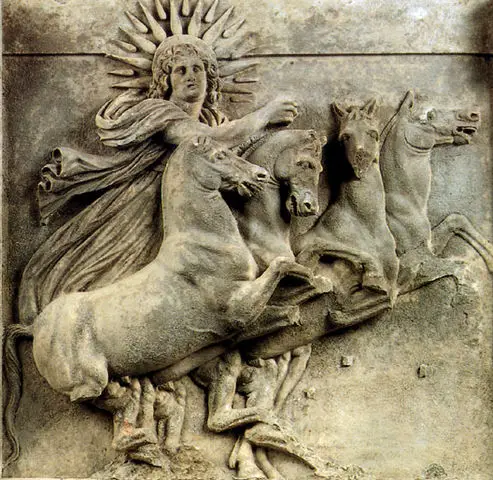| Further Reading | The Top 5 Fun Facts About Medieval Knights |
In medieval Europe the average peasant lived a very different life than our modern one. While many things were different one thing remained the same… work. However, the amount of work a medieval peasant did differs drastically from our own.
During the medieval era peasants would work an average of 1080 hours a year or about 20 hours a week. This number would fluctuate depending upon the demands of the lord and the season. The reason the average medieval peasant worked less hours is because of how work was structured during the medieval open-field system.
While medieval peasants worked less than most full time workers today their labor was often significantly harder. Further, most peasants did not hold any land of their own and were required to work for a lord in return for basic essentials.
Here at The History Ace I strive to publish the best history articles on the internet. If at the end you enjoyed this article consider subscribing to the free newsletter and sharing around the internet.
Without further ado, here is an entire article answering the question of how many hours a medieval peasant worked.
Calculation For 1,080 Hours Worked By Medieval Peasants (20 per week)
On average a medieval peasant would be expected to work around 1080 hours per year. This is an average weekly work load of about 20 hours.
Economic historians such as Nora Ritchie calculated that medieval peasants would only work up to 120 days a year due to fluctuations in the farming seasons and church sanctioned holidays. During these farming days the medieval peasant could expect to work from sun up to sun down.
During the peak of the farming season this would be 16 hour days, 6 days a week. Sunday was reserved for rest. However, historians have primary sources that detail that during these 16 hour days the work was not consistent.
The local church wanted to keep the peasantry happy. As such there were a lot of mandated breaks for medieval peasants throughout the day.
The amount of daylight hours in Europe during the peak of summer is around 16 hours a day. If we assume that it took a peasant an hour in the morning and an hour in the evening to get ready and stow tools then that’s 14 hours a day of work.
Out of these 14 hours a day that are left the average medieval peasant would get nearly 5 hours of church mandated breaks per day. This brings the total amount of work down to around 9 hours during the peak of the farming season.
This means that medieval peasants worked around 9 hours a day 120 days a year. This comes out to a grand total of around 1,080 hours per year or about 20 hours per week.
Did Medieval Peasants Retire?
Since Medieval Peasants worked only 20 hours a week a question comes up often. What was the social security of the average medieval peasant; did medieval peasants retire?
Medieval peasants belonged to a caste base system called serfdom. While medieval peasants were not slaves, they could not leave their land and were obligated to work for the local lord.
In return for their labor a lord would give them governance, stability, protection, and in some cases private land ownership in the lord’s name. The lord would provide no direct social security or a means for retirement. However, if a peasant could eventually acquire their own piece of land then they could have a family and obtain some level of social security.
Further, the concept of community was incredibly strong in medieval villages and towns. A medieval peasant who got sick would be taken care of by other peasants and by the local church. In turn they were expected to help others who were sick.
However, in the end a medieval peasant would not retire. They would work their entire life in some capacity. However, when a peasant could no longer work in the field their children or community would help out and give them the smaller tasks to help the community out.
As such even though a medieval peasant only worked around 20 hours a week on average they would work for their entire lives in some capacity. If a peasant could acquire their own land, which did happen occasionally then they might be able to retire into landholding status but this was rare.
Conclusion
There you have it; an entire article answering the question of how many hours per week the average medieval peasant would work.
For the past 100 years historians have been fascinated by medieval peasantry. Not only did peasants/serfs across Europe live an astoundingly simple life they also lived in an economic system that did not function on money.
Towards the end of the medieval era peasants would slowly begin to work more hours but for nearly 700 years medieval peasants only worked 20 hours a week.
Here at The History Ace I strive to publish the best history articles on the internet. If you enjoyed this article then consider subscribing to the free newsletter to stay up to date and sharing around.
Further, you can check out some of the other articles below.
-
How The American Revolution Changed The World

Here is how the American Revolution changed the world. Many people are not aware of just how important this event actually was.
-
Why The Roman People Loved Chariot Racing

Why did the Roman people love chariot racing? Well it all comes down to these 3 reasons.
-
The Design and Color of Roman Chariots

What was the design and color of Roman Chariots? Were they faster or slower then normal chariots? Well here is everything!
Sincerely,
Nick